Changes in your pet’s eating or drinking habits may indicate a serious health condition and should not be ignored. Our Southern Arizona Veterinary Specialty & Emergency Center team explains why your pet’s appetite and water consumption may increase or decrease to highlight the importance of monitoring their daily habits.
Reasons your pet’s appetite is reduced
Pets can go off their food for numerous reasons, but medical or behavioral issues, or problems with the food, typically cause loss of appetite. Some common causes include:
- Medical — Any illness or condition that causes pain can affect your pet’s appetite. Examples include:
- Dental disease — Dental disease can cause inflamed gums, loose, painful teeth, and tooth root infections, making eating difficult. Other potential signs include bad breath, excessive drooling, and discolored teeth.
- Gastrointestinal (GI) upset — Any condition that causes nausea, vomiting, or diarrhea can lead to a poor appetite.
- Fever — Pets with a fever typically don’t feel well and often are not interested in food.
- Foreign object ingestion — Ingesting a foreign object can lead to a GI obstruction and inappetence.
- Cancer — Pets affected by cancer often lose their appetite, and weight.
- Kidney disease — Kidney disease causes toxin buildup in the bloodstream, negatively affecting your pet’s appetite.
- Liver disease — Liver disease commonly leads to lack of appetite.
- Congestive heart failure (CHF) — Pets affected by CHF often aren’t interested in food.
- Behavioral — Anxiety, stress, and fear can cause decreased appetite in pets. This is especially true in cats, and any environmental or schedule change can make them eat less.
- Food issues — Your pet may turn up their nose at stale or expired food. A sudden change in food can also lead to a decreased appetite.
Reasons your pet’s appetite is increased
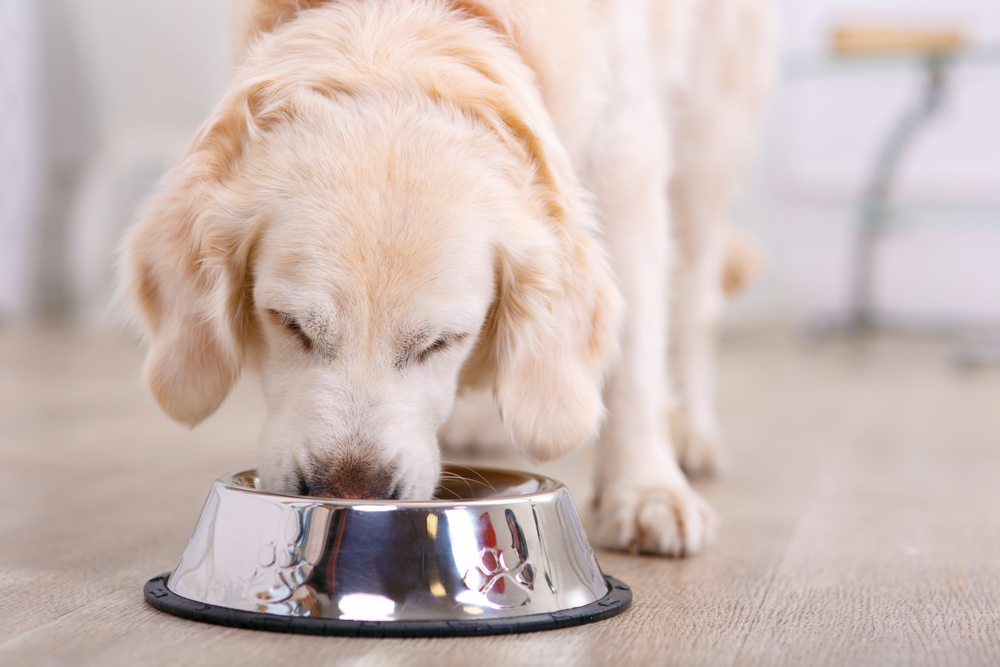
Pets aren’t good at limiting their food intake, which is why most veterinarians don’t recommend feeding ad lib. However, if your pet suddenly has a voracious appetite, especially if they are losing weight despite eating more, a medical condition may be causing the problem. Potential reasons include:
- Hyperthyroidism — Middle-aged and older cats commonly have hyperthyroidism, which typically causes a ravenous appetite. Other signs include weight loss, restlessness, and aggression.
- Hyperadrenocorticism — Hyperadrenocorticism occurs when the adrenal gland secretes too much cortisol, which stimulates the pet’s appetite. Other signs include lethargy, increased thirst and urination, and hair loss.
- Diabetes — Diabetes prevents glucose from entering cells to provide energy, so affected pets are constantly hungry. Other signs include weight loss, increased thirst and urination, and lethargy.
- Intestinal parasites — Intestinal parasites, such as hookworms, roundworms, and tapeworms, can leach nutrients from your pet, increasing appetite.
- Exocrine pancreatic insufficiency — Pets affected by this condition can’t properly digest food and do not absorb nutrients, leading to increased appetite. Other signs include chronic diarrhea, occasional vomiting, and gradual weight loss.
Reasons your pet’s water consumption is decreased
Water is the most important nutrient to your pet’s survival, and dehydration can quickly lead to significant health problems. Reasons your pet may not drink enough water include:
- Change in water source — Pets are sensitive to their water’s taste, and may refuse to drink if you change their water source. For example, a pet who is used to drinking tap water from a municipal water source may not want to drink well water if the family moves to a rural area.
- Dirty water bowl — Bacteria and other pathogens can quickly accumulate in your pet’s water bowl, and your pet may refuse to drink. Clean and refresh water bowls daily.
- Competition — Pets don’t always like to share their resources, so in a multi-pet home, ensure each pet has their own water bowl and they do not need to compete to drink.
- Illness — Any condition that makes your pet ill or painful can lead to not drinking enough water.
Reasons your pet’s water consumption is increased
Conditions that cause increased water consumption also typically lead to increased urination. Reasons your pet may be excessively thirsty include:
- Kidney disease — The kidneys are responsible for maintaining the body’s hydration. Typically, the kidneys produce concentrated urine when your pet drinks too little, and dilute urine when they drink too much. Damaged kidneys can’t make concentrated urine, and need extra water to process the body’s waste materials, which causes increased thirst and urination.
- Diabetes — Diabetic pets have increased glucose in their bloodstream, so their kidneys must work harder to absorb the excess glucose. When the kidneys cannot keep up, glucose is excreted in the urine, pulling fluids from tissues, which leads to excessive thirst and urination.
- Hyperadrenocorticism — Pets who have hyperadrenocorticism have excess cortisol in their bloodstream, which interferes with the hormones that signal the kidneys to reabsorb water, leading to excessive urination. Excessive thirst is the compensatory mechanism.
- Pyometra — Pyometra, a serious uterine infection, causes excessive fluid loss through the kidneys, which leads to increased urination and a compensatory increase in thirst.
If you notice a change in your pet’s eating or drinking habits, don’t dismiss the issue. Contact our Southern Arizona Veterinary Specialty & Emergency Center team if you are concerned about changes in your pet’s appetite or water consumption.



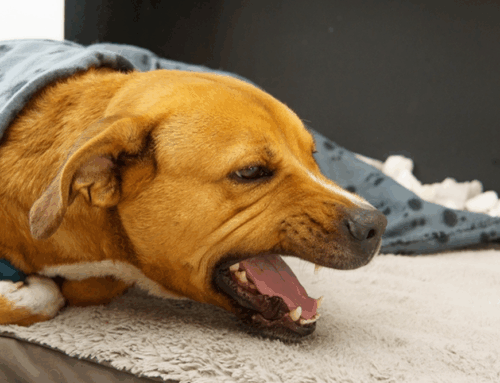
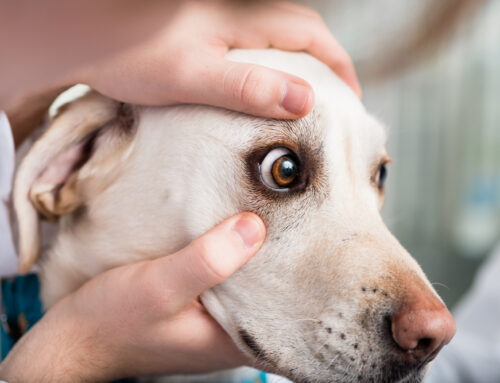
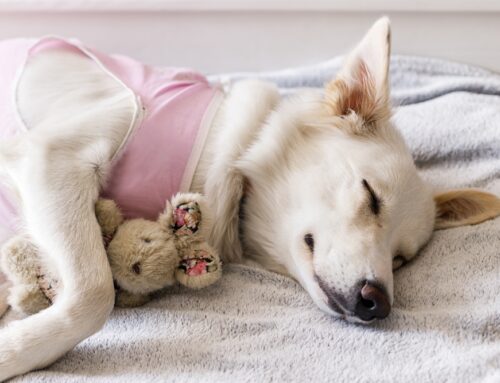
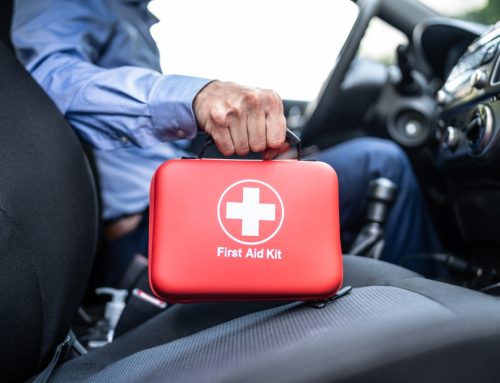

Leave A Comment